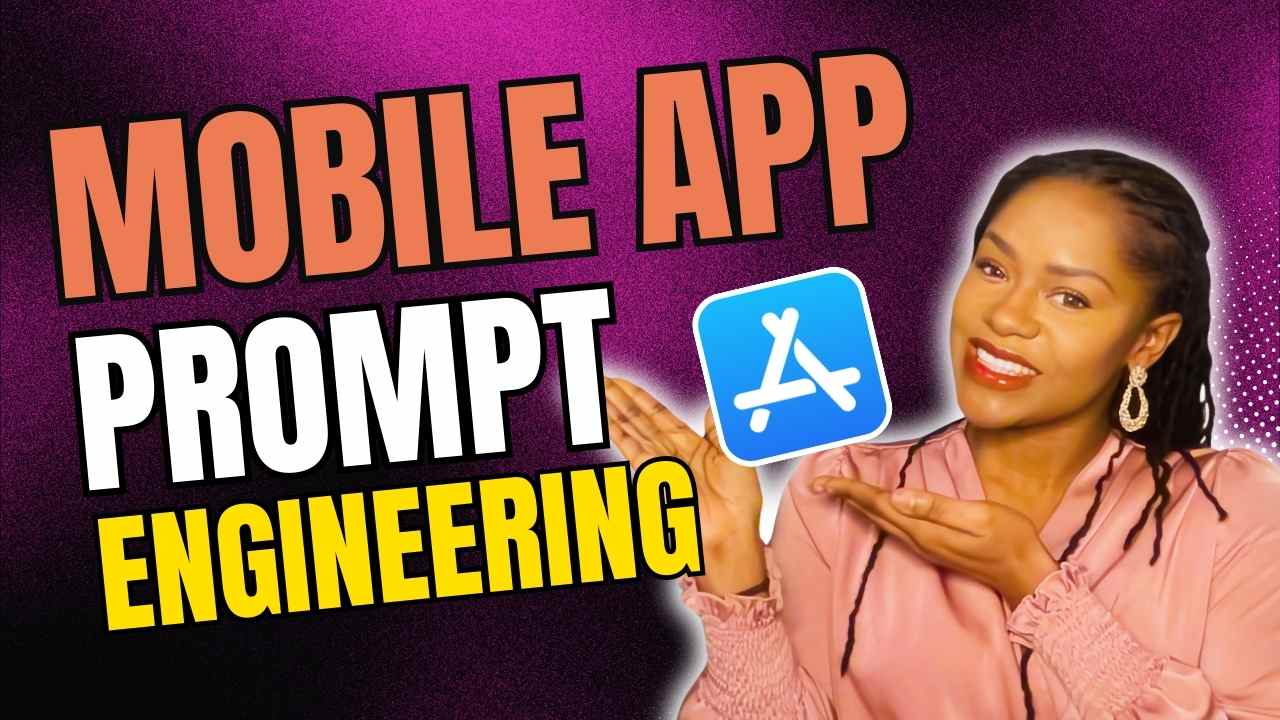How To Build Mobile Apps and PWAs In Windsurf
Create responsive mobile apps and progressive web applications without writing code. This guide shows you how to use Windsurf AI to build cross-platform experiences that work seamlessly on any device.

Get The No Code Mobile App Prompt Engineering Guide
Master the art of prompt engineering to build production-ready mobile applications without writing code. Just copy and paste these advanced prompts for generating complete, scalable apps using AI tools.
Follow these 7 steps to build successful mobile apps and PWAs in Windsurf:
1. Ideation & Inspiration
Mobile-First Design Principles
Start with mobile-first considerations:
- Touch-friendly interface elements
- Responsive layouts that adapt to screen sizes
- Offline functionality requirements
- Native-like features and interactions
PWA Requirements
Define your PWA features:
- Home screen installation
- Push notifications
- Offline data access
- Background sync capabilities
2. Documentation is Everything
Mobile App Architecture
Document your mobile architecture:
- Screen layouts and navigation patterns
- Offline data storage strategy
- Push notification flow
- Device feature requirements
Progressive Enhancement
Plan your PWA features:
- Service worker implementation
- Cache strategies
- App manifest configuration
- Background sync requirements
3. Project Requirements Document (PRD)
Mobile-Specific Requirements
Your PRD should cover:
- Device compatibility requirements
- Offline functionality scope
- Performance benchmarks
- Native feature integration needs
4. App Flow Document
Mobile Navigation Patterns
Detail the mobile user experience:
- Screen transitions and gestures
- Bottom navigation or drawer menus
- Modal and popup behaviors
- Form input handling
5. Tech Stack & Frontend Guidelines
Mobile-Optimized Stack
Choose technologies that support:
- Progressive Web App features
- Responsive design frameworks
- Touch-friendly components
- Mobile performance optimization
6. Backend Structure
Mobile Data Architecture
Plan your data structure:
- Offline data synchronization
- Push notification management
- File upload handling
- API optimization for mobile
7. Project Status & Tips
Mobile Testing Considerations
Keep track of:
- Device compatibility testing
- Performance monitoring
- Offline functionality testing
- PWA audit results
Ready to transform your business?